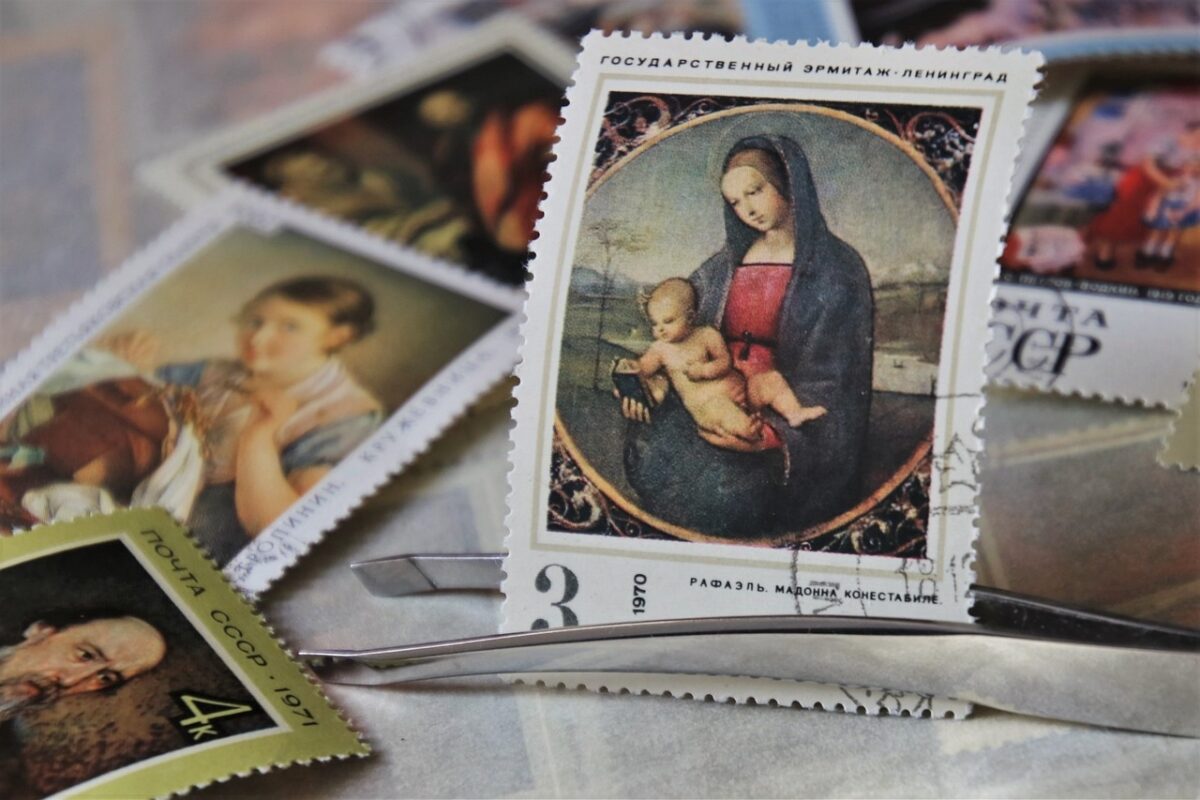Exploring the art of collecting
Collecting art is more than just a hobby; it’s a passion that intertwines aesthetics, history, and personal taste. The journey of collecting can be both deeply fulfilling and intellectually stimulating. Whether one is amassing contemporary pieces, antique artifacts, or anything in between, each item contributes to a broader narrative that reflects the collector’s unique perspective on the world. In this exploration of the art of collecting, we will delve into the intricacies of building a collection, the joy of discovering new pieces, and the satisfaction of curating a personal museum.
Understanding the Art of Collecting: an Intricate Passion
The process of collecting art often begins with a single piece that captures the imagination. This first acquisition can spark a lifelong journey into the art world. For many, the allure lies in the thrill of the hunt—searching for that next great find, be it at an auction, gallery, or a hidden gem at a flea market. Collecting is an ongoing adventure, driven by a desire to discover and possess objects of beauty and significance.
One of the most rewarding aspects of collecting is the sense of connection to the past. Each piece of art carries with it a story, a history that enriches the collector’s understanding and appreciation of the item. Collectors often find themselves becoming historians and researchers, delving into the provenance and context of their acquisitions. This journey of discovery adds depth and meaning to their collection, transforming it into a personal narrative.

Building a Collection: strategy and Vision
A well-curated collection does not happen by chance. It requires a clear strategy and vision. Successful collectors often start by defining their focus, which could be based on a particular period, style, artist, or theme. This focus not only guides their acquisitions but also helps in creating a cohesive collection that tells a compelling story.
In the early stages, it can be tempting to acquire as many pieces as possible. However, seasoned collectors understand the value of quality over quantity. Each piece should add something unique and valuable to the collection. Careful consideration and research are essential before making any purchase. Establishing relationships with reputable dealers, galleries, and other collectors can provide invaluable insights and opportunities.
To aid in the development of a focused and coherent collection, here are some key steps to consider:
- Define a clear theme or area of interest.
- Research extensively on the chosen theme.
- Network with dealers, galleries, and other collectors.
- Prioritize quality over quantity.
- Keep detailed records of acquisitions and provenance.
The Joy of Discovery
The pursuit of new pieces is often the most exhilarating part of collecting. The excitement of discovering a rare or unique item, the satisfaction of negotiating a favorable deal, and the pleasure of adding a new piece to the collection are unparalleled. Collectors often recount their stories of discovery with great enthusiasm, highlighting the serendipitous nature of finding that perfect addition.
This phase of collecting is marked by constant learning and exploration. Attending art fairs, exhibitions, and auctions becomes a regular activity. Each event presents an opportunity to learn more about the art world, meet other enthusiasts, and potentially find new pieces. The social aspect of collecting can be immensely rewarding, fostering a sense of community and shared passion.
Preserving and Showcasing a Collection
Once a piece is acquired, the collector’s responsibility extends to its preservation and display. Proper care and maintenance are essential to ensure that the art remains in pristine condition. This involves understanding the specific needs of each piece, such as climate control, lighting, and handling. Preservation is an ongoing commitment, requiring attention to detail and dedication.
Displaying the collection is an art in itself. The way pieces are arranged and presented can enhance their aesthetic and thematic impact. Some collectors prefer to keep their collections private, while others enjoy sharing them with a wider audience through exhibitions or lending to museums. Regardless of the approach, showcasing a collection allows the collector to share their passion and vision with others.
The Personal Journey of Collecting
Collecting art is a deeply personal journey, reflecting the tastes, interests, and passions of the collector. Each piece in a collection is a reflection of the collector’s unique perspective and aesthetic sensibilities. This personal connection is what makes each collection unique and meaningful. For many, the ultimate goal of collecting is not just to amass objects, but to create a legacy that can be shared and appreciated by future generations.
In conclusion, the art of collecting is a multifaceted and enriching pursuit that goes beyond the mere accumulation of objects. It involves a deep engagement with art, history, and culture, offering a rewarding and lifelong journey of discovery and personal growth. Through careful curation, preservation, and display, collectors can create a legacy that reflects their unique vision and passion for art.

